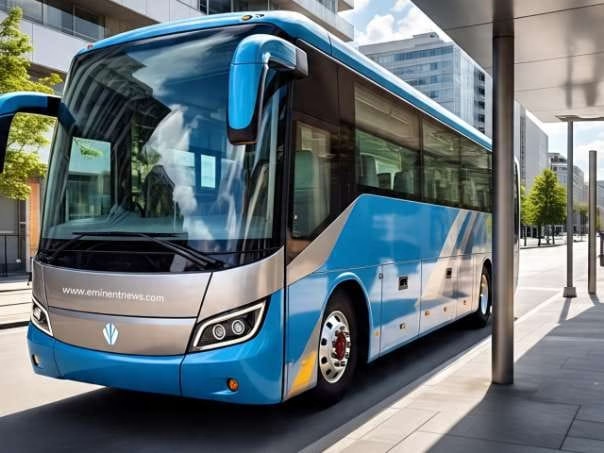The Right to Repair movement advocates for consumers’ product to repair and modify their own electronics and other products . This movement has gained traction due to concerns about environmental sustainability, consumer rights, and economic fairness .
Key aspects of the Right to Repair movement:
- Addressing Consumer Waste: The movement seeks to tackle the growing problem of consumer waste, including harmful electronic waste, by empowering consumers to fix their devices instead of discarding them . Many manufacturers design products that are difficult or impossible to repair, contributing to a “throwaway culture” .
- Challenging Monopolistic Practices: The Right to Repair movement challenges manufacturers who restrict access to repair manuals, tools, and spare parts . By advocating for legislation requiring companies to provide these resources, the movement aims to create a fairer, more competitive market .
Recent Developments:
- Legislative Efforts: As of March 2025, the Right to Repair movement is at a tipping point, with continued pushes for repair laws .
- France’s Repairability Index: France requires manufacturers of certain electronics to provide consumers with a “repairability index,” which scores products based on ease of disassembly, availability of spare parts, and technical documents .
- New York’s Digital Fair Repair Act: This act requires digital electronic equipment manufacturers to make repair information and parts available .
Challenges and Concerns:
- Manufacturer Concerns: Manufacturers often cite intellectual property protection, consumer data protection and privacy, and consumer safety as reasons for managing and controlling repairs .
- Skills Gap: There is a need for more serviceability and repairability engineers and product designers as legislation shifts .
- Implementation Delays: Delays in implementation have occurred across Independent System Operators .
- Technological integration: According to a Deloitte survey, technology integration, cyber, and operation complexities are the top three challenges in scaling VPPs .
- Project Credibility: Ensuring project credibility and obtaining regulatory approvals remain challenges for survey respondents .
In summary, the Right to Repair movement is driven by concerns over waste, consumer rights, and economic fairness, advocating for laws that require manufacturers to provide repair information and parts . While the movement has seen legislative successes and growing support, it faces challenges related to manufacturer concerns, skills gaps, and implementation hurdles .for Editorial page click www.eminentnews.com

























